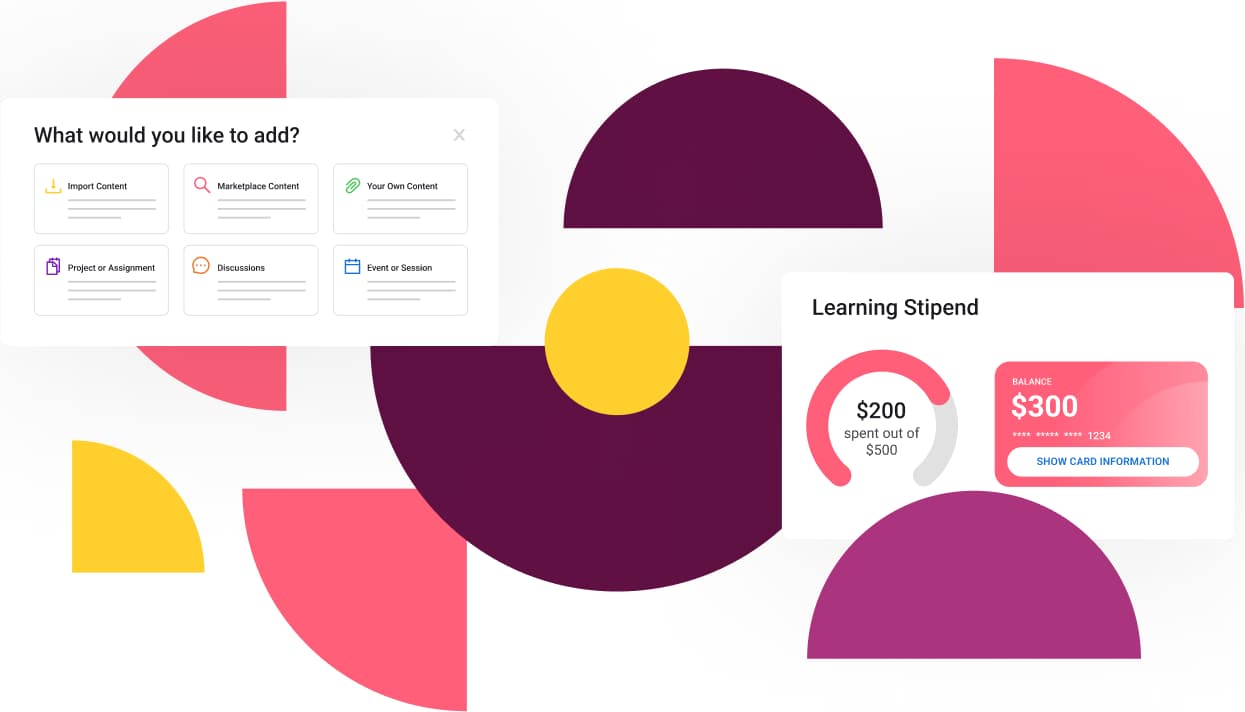Opportunity to Improve Upskilling Practices to Help Companies Grow
A new report by Learn In and HRD Connect explores survey results from HR leaders on what skill development trends, budgeting and initiatives are being used for business to stay productive, innovative, and competitive so they may attract and retain a skilled workforce.
Every company and every leader faces major challenges right now in building and running a workforce with the right skilled talent. In fact, just a few weeks ago, Gartner’s annual survey of CEOs called out that “workforce” pressures is now the third most important priority, significantly ahead of financial issues, such as profitability, cash flow and capital funding.
So, it is in this talent thirsty environs, we’re releasing the first edition of the The Evolving State of Internal Talent Academies report, based on a survey of upskilling and reskilling data from HR leaders. We partnered with HRD Connect, a publication for senior HR leaders, to create this valuable new resource for companies to benchmark their workforce efforts when it comes to learning. This is especially helpful for leaders seeking to modernize access to learning budgets, simplify the delivery of custom programs to employee groups, and scale career advancement efforts.
Research indicates that upskilling and reskilling practices can be more effectively integrated to enhance job performance and business outcomes. In fact, the skills mismatch affects two out of five employees – equating to 1.3 billion people having competencies that either exceed or are insufficient for the activities they perform, according to a study from the Boston Consulting Group on counties that are members to the Organization for Economic Co-operation and Development. The release of this new survey report reinforces Learn In’s mission of reimagining corporate learning culture and solving skill development challenges by providing an informed level of certainty, cohesion, and control for businesses.
Understanding is the first step in developing clear strategies. So this report provides insight into the responsibility of fostering skills development, how funding is applied, what learning opportunities are available and how they’re implemented. Additional data was gathered on specific initiatives, such as the need for individualized training, e-learning, in-person training, peer-to-peer collaboration, and more
Key findings include:
1. Upskilling as a priority
Over half of survey respondents (56.9%) said workforce skill development was a core pillar of their company’s senior management, with 1% listing it as a low priority.
2. Responsibility to train employees
The HR department (37.30%) and training/learning and development (34.30%) department(s) were primarily responsible for skill development. But survey respondents also cited people management teams, people operations and COOs as having a role. Cooperation between departments was also evident regarding skills development.
3. Investing in skills development
Over a third of respondents noted their learning and development (L&D) budgets had increased since the pandemic, with a small proportion (11%) noting their funding had been cut. Most respondents (71%) use a centralized budget for L&D, but 35% noted specific departments were given dedicated budgets.
4. Today’s learning initiatives
The most important processes cited in the survey were focused on preparing staff for new roles or objectives, starting with strategic development across the organization and/or on specific teams (87.3%), preparing talent for international rotation/promotion/internal mobility (63.7%), and delivering customized training (43.1%).
5. Use of learning resources
The most used learning resources and opportunities are scheduled internal training programs (84.30%), learning management systems (64.70%) and training reimbursement benefits (50%).
6. Training formats
On-the-job learning, e-learning and in-person training ranked highly among training and development modes. However, most survey respondents noted their companies do not formally allocate time for training, nor have they changed their learning strategies since the pandemic.
Despite upskilling being a priority, the survey shows a dated approach to today’s skill-development process regarding how resources and training are deployed. This can be a cause for concern for companies when considering that the largest employee group, millennials and Gen Z (according to a recent Deloitte Global 2022 survey) place learning and development opportunities above salary when choosing a new employer.
Learn more and explore the full report of The Evolving State of Internal Talent Academies here:
Written By: Deeps RAMANATHAN, CMO, Learn In

About Learn In
Learn In helps companies establish talent academies that steer all the resources needed for building an always-skilled workforce. HR, Talent and L&D leaders use Learn In to modernize access to learning budgets and world-class programs, and to simplify the delivery of custom programs to employee groups. Learn In’s core features include a tuition benefits manager, a prepaid learning stipend card, a world-class program marketplace and custom program builder, and dedicated coaching. Now every employee can build deeper skills precisely aligned to company needs. Co-founded by the founders of Degreed, Learn In is backed by leading edtech & future-of-work investors, including Firework Ventures, Kickstart Fund, GSV, Album, and Village Global, and has been covered in CNBC, USA Today, EdTechReview, EdSurge, and Techcrunch.
For more insights, follow us on LinkedIn, or subscribe to our newsletter to stay in touch.
